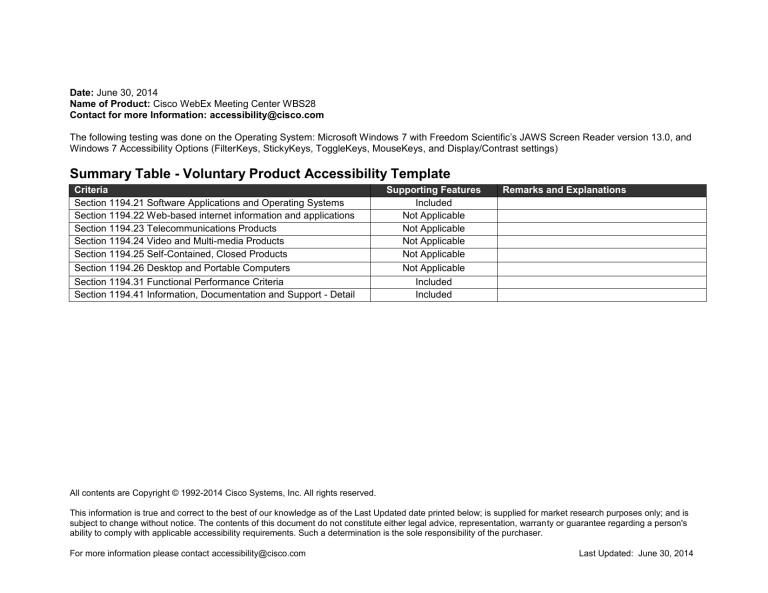



Alternatively, use Cmd + Shift + C on Mac, or Ctrl + Shift + C or Ctrl + Shift + I on Windows. Press the F-12 key or right click and select the “Inspect” option.Open the web page to be evaluated on your Chrome browser.To access the Google Chrome accessibility testing feature (audit panel) directly on any page you want to test: Google has made accessibility quite easy with its Chrome DevTools. Google Chrome LightHouse for Accessibility Audit Let’s examine how to evaluate a web page for accessibility compliance. Intended for web developers, testers, and business teams who are familiar with accessibility principles and want to ingrain its best practices in development for accessibility compliance, the Google Chrome Dev tool has built-in accessibility audits in the Lighthouse Audits panel.Īlthough there are different ways to automate your Lighthouse runs (e.g Chrome Extension), this article focuses on how to use the free built-in accessibility testing feature in the Google Chrome browser. The Chrome DevTools automatically identifies accessibility issues on your web pages and signal it for necessary improvements to make them accessible to people with disabilities. Other than accessibility, the Chrome Inspector can be used to check performance, SEO, and other best practices.

Like many other automated testing tools, the Google Lighthouse tool is an open-source, automated accessibility testing tool among the suite of checks that can be done using the Chrome Developer Tools. Another winning audit tool is WAVE Testing. A good audit that would cover the full scope can only be achieved with a combination of technology and real people who access the web using assistive technologies. Manual and functional testing requires human expertise to check automated tests and navigate the website as a disabled person would. This is why manual functional testing is essential to determine web accessibility. Only about 30% of the WCAG 2.1 success criteria can be tested with an automated testing tool. Automated testing quickly helps us to learn the different reasons why persons with disabilities might encounter problems on the site. There is automated accessibility testing and manual accessibility testing. To this, one must conduct a comprehensive audit of the website to test against ADA compliance, 508 compliance, following web content accessibility guidelines 2.1 checklist. Website accessibility audit is essential to thoroughly identify accessibility issues on the site that can prevent it from being used by people living with disabilities. Google Chrome LightHouse for Accessibility Audit.


 0 kommentar(er)
0 kommentar(er)
